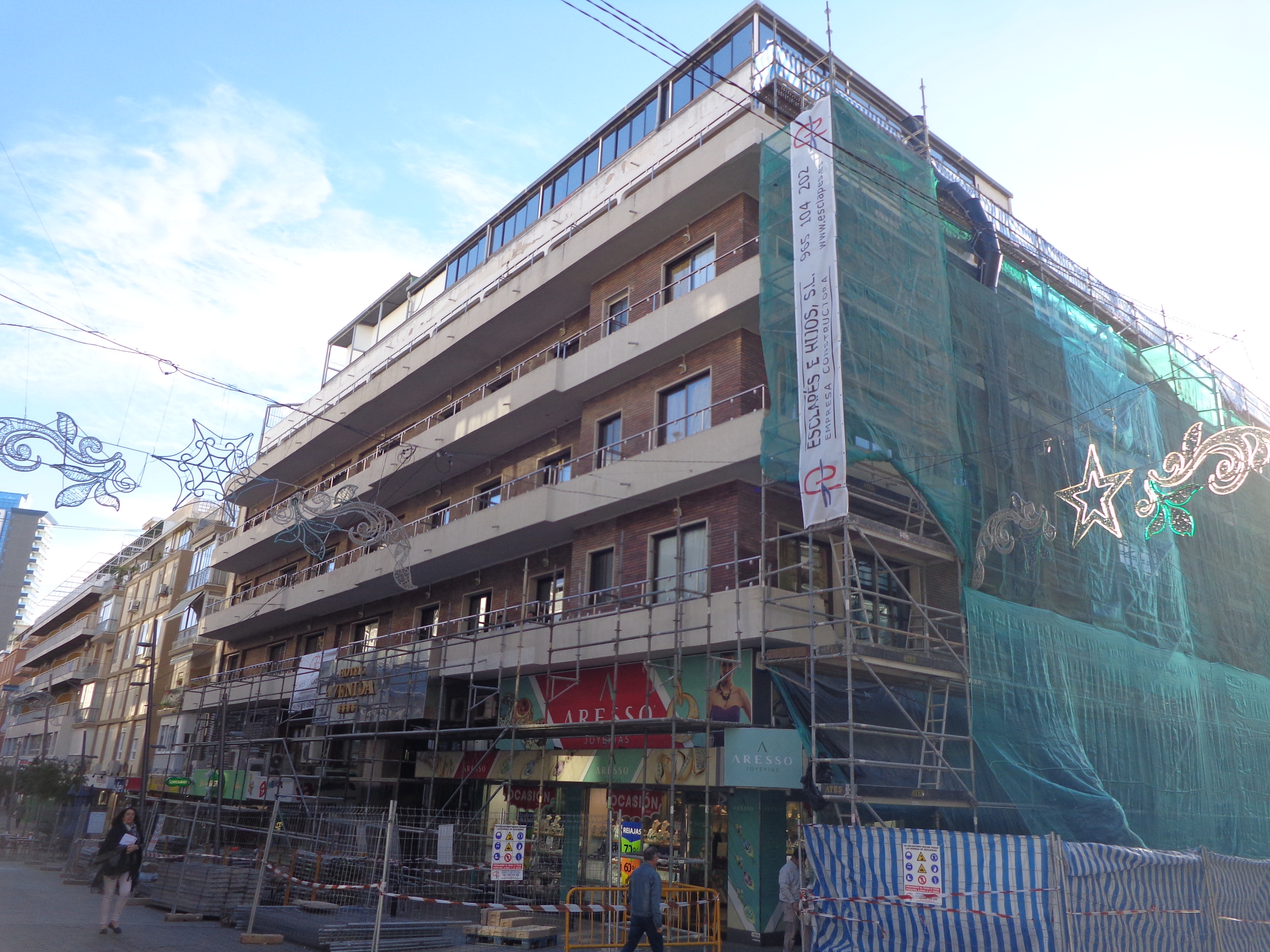
21 Apr CURRENT CONSTRUCTION SECTOR ANALYSIS FIRST QUARTER 2017
The first quarter of 2017 has come and gone, and we want to take stock of how we have been doing in the construction industry and what approaches we should continue to bring the year to an end.
The construction industry
The construction industry has widened the gap between the state of public and private development. The previous interim government created a situation where public works were greatly expanded, while private construction has managed to maintain an acceptable recovery rate with a view to maintaining this or even growing.
Commercial construction is at a midpoint: it is improving at a moderate rate, but this raises the question of how it would have performed in a less uncertain political situation with uncertainty still remaining around the approval of state funding.
In the first part of 2017 the contrast between public and private promotion still exists. Having an operational government alone does not guarantee investment, because the real underlying problem is the approval of the state budget.
In order to balance the deficit, it is expected that public infrastructure construction will be sacrificed once again, and the remainder of 2017 is likely to bring about growth in private construction. The outlook for 2018-2019 is that this will continue with a progressive rebalancing expected: building will slow down, but public works and civil engineering will at least balance its decline.
Private works
Even with private works having recovered, residential building is still far from being in a comfortable place, due to different stakeholders than usual and very low production levels.
There is no unanimity over when the recovery will peak because demand could be distorted by a significant presence of buyer-investors to the detriment of traditional final buyers. Under these conditions the market would be more exposed to sudden changes that redirect the interest of investors towards other alternatives.
Given the state of affairs in construction, the sale of newbuilds and construction of new structures, refurbishing current real estate has taken over new construction, with the refurbishment of buildings and homes becoming a key driver for success in the industry.
Refurbishment: key sector for consolidation in private works
A study prepared by the Council of Architects of Europe (ACE) indicates that refurbishment makes an important contribution in terms of stability for the construction industry.
According to data from the Ministry of Development, 2015 ended with 31,285 visas for the refurbishment and reform of buildings, and with 25,413 visas for the refurbishment and reform of homes, compared to 28,068 and 22,418 visas respectively registered one year earlier, continuing tenure over 2016 and the beginning of 2017.
The most important finding of this data is that, contrary to what happened in previous years, the owners demanded more efficient and environmentally responsible projects, moving away from traditional reforms without technical control.
In this sense, the growth figures for the sustainable building sector will double over the next two years. This trend has continued during 2016 and has continued in the first quarter of 2017.
Non-residential building
Non-residential building comes with more difficulties than that which is residential. There still exists intense activity in the non-residential real estate market, but the demand is basically propelled by investment funds that seem to be limited to operating with the available stock, and although there are already signs of improvement, there doesn’t yet appear to be a clear rebound in new developments.
This can only be partially explained by political uncertainty, since developers are probably having more difficulty in finding financing, or doubting how much the final demands will reach in the immediate future if the economy slows down. In this uncertain atmosphere, the outlook is positive.
Levante Zone
Located in the Levante territory, and always dependent on the the holiday, tourism and leisure industries, and in line with the past figures of the last Easter holidays, a good to very good summer period is predicted, which will make short-term investments in preparation for this season stir the sector with conditioning and business refurbishment works.
Public works
As for public works, the long break in government last year has been a constraint, but the real critical factor for Spanish infrastructure investment is the new deficit threshold recently agreed with Brussels.
Before even having the new government constituted, the acting executive had already taken severe containment measures, reducing the portfolio of new projects and lowering the pace of works in progress.
